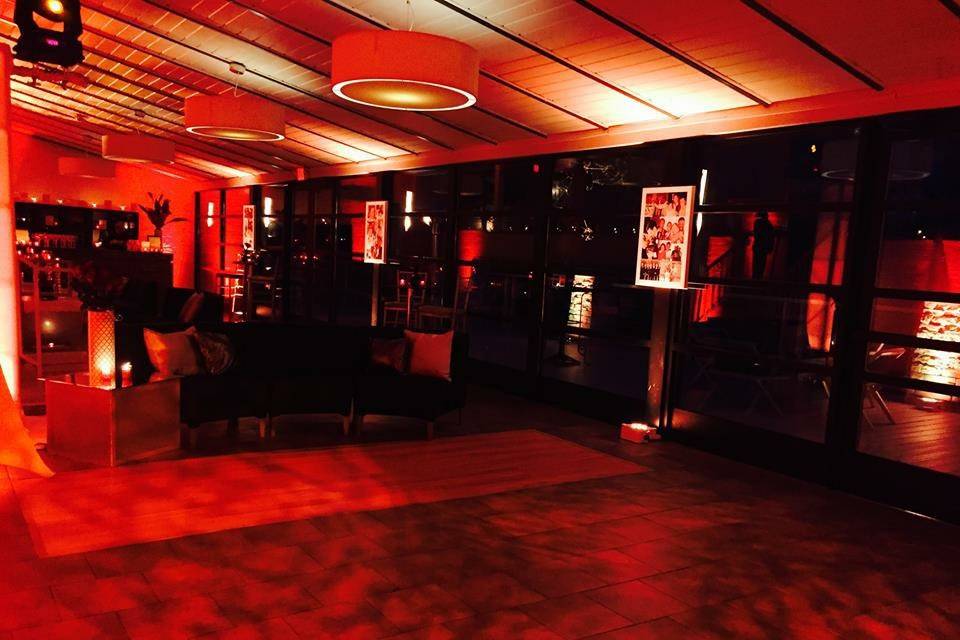Highlighting the Influence of Lighting Methods on the Art of Video Projections Mapping
Highlighting the Influence of Lighting Methods on the Art of Video Projections Mapping
Blog Article
Motion mapping projection is an exciting creative form that combines technology and innovation to transform common surfaces into extraordinary sight exhibits. This technique entails projecting graphics and footage onto 3D objects, such as structures, sculptures, or platforms. One of the key significant elements in creating effective projection in the use of efficient illumination techniques. Proper illumination enhances the aesthetic components of the projection and ensures that the visuals are clear and captivating. This piece examines the impact of illumination methods on motion mapping and how they can elevate the complete experience.
Lighting plays a crucial part in video projection because it establishes the atmosphere and tone of the exhibit. Different illumination methods can evoke various feelings and responses from the viewers. For instance, using soft, cozy illumination can create a inviting environment, while bright, cold illumination may create a more dynamic or intense effect. By thoughtfully selecting light hues and brightness, creators can manipulate how audience interpret the displayed images, leading to a more immersive encounter. The equilibrium between projection brightness and ambient light is essential, as it can greatly impact the visibility and impact of the visuals.
In addition, color and intensity, the angle of light also influences the effectiveness of projection. Lighting from different directions can create contrast and accents that introduce dimension to the mapped visuals. This technique, known as light and shadow, can improve the three-dimensionality of the objects being mapped. Furthermore, using dynamic illumination can add dynamism to the display, making the encounter more involving for the audience. When the illumination interacts with the projected visuals, it can create an illusion of motion and change, grabbing the audience's focus.
Another essential element of lighting in projection in the live performance visual effects use of special features. Techniques such as gobo lighting, which uses patterns and shapes to filter light, can add depth and complexity to the projections. This method allows artists to layer visuals and create visually stunning effects that enhance the projection. Moreover, adding laser lights or light-emitting diode illumination can additionally improve the display, offering a unique blend of visual elements that draw the viewers in. These unique features, when used carefully, can transform the mapping into a basic display to an immersive piece of creativity.
In summary, the influence of illumination methods on motion mapping is significant. By comprehending how various illumination components interact with projected images, creators can create captivating experiences that resonate with viewers. The careful selection of color, brightness, direction, and special effects allows for a vivid canvas of visual narrative. As technology continues to grow, the possibilities for artistic showcasing in spatial video mapping techniques mapping will only expand, making lighting an ever-important aspect in this innovative creative medium.